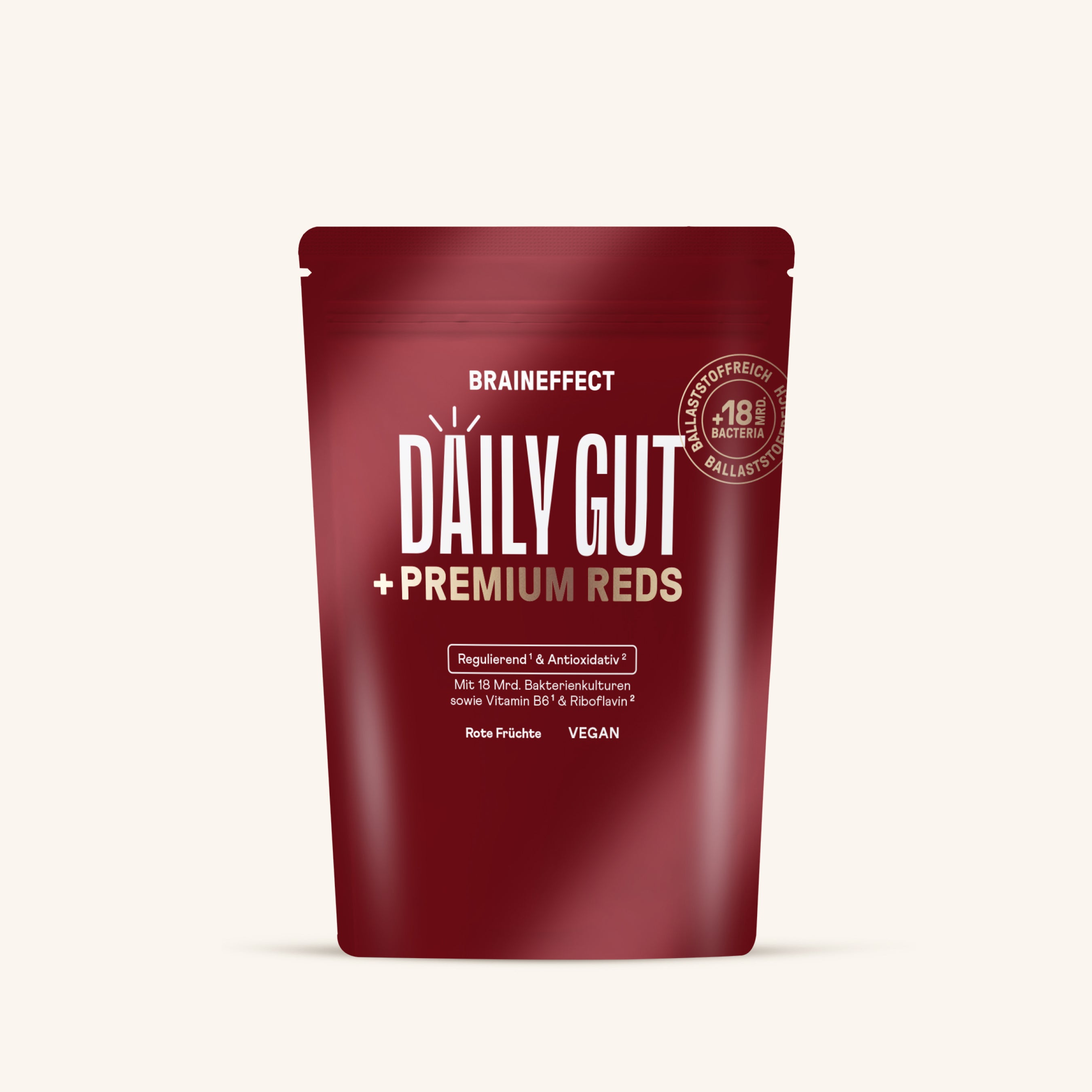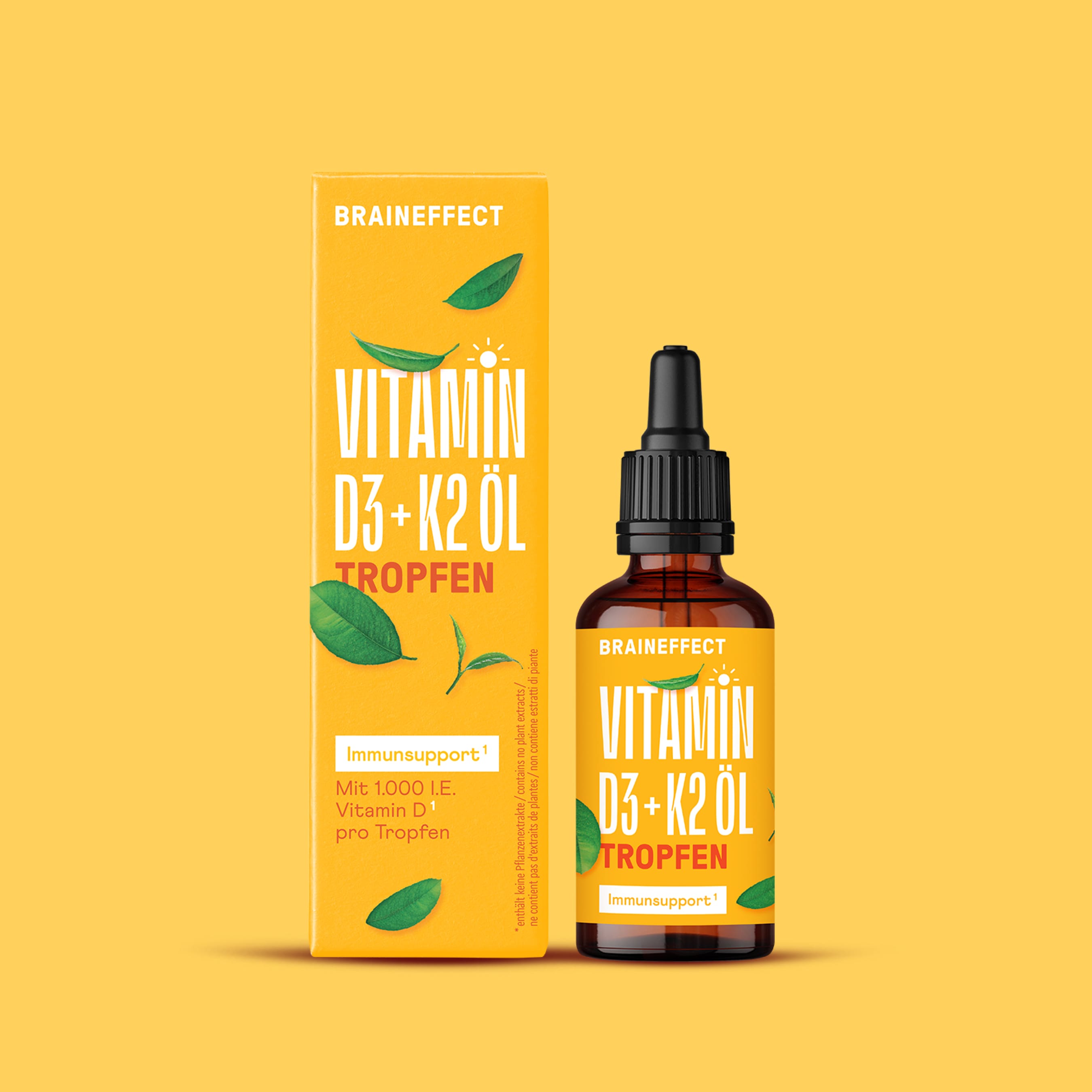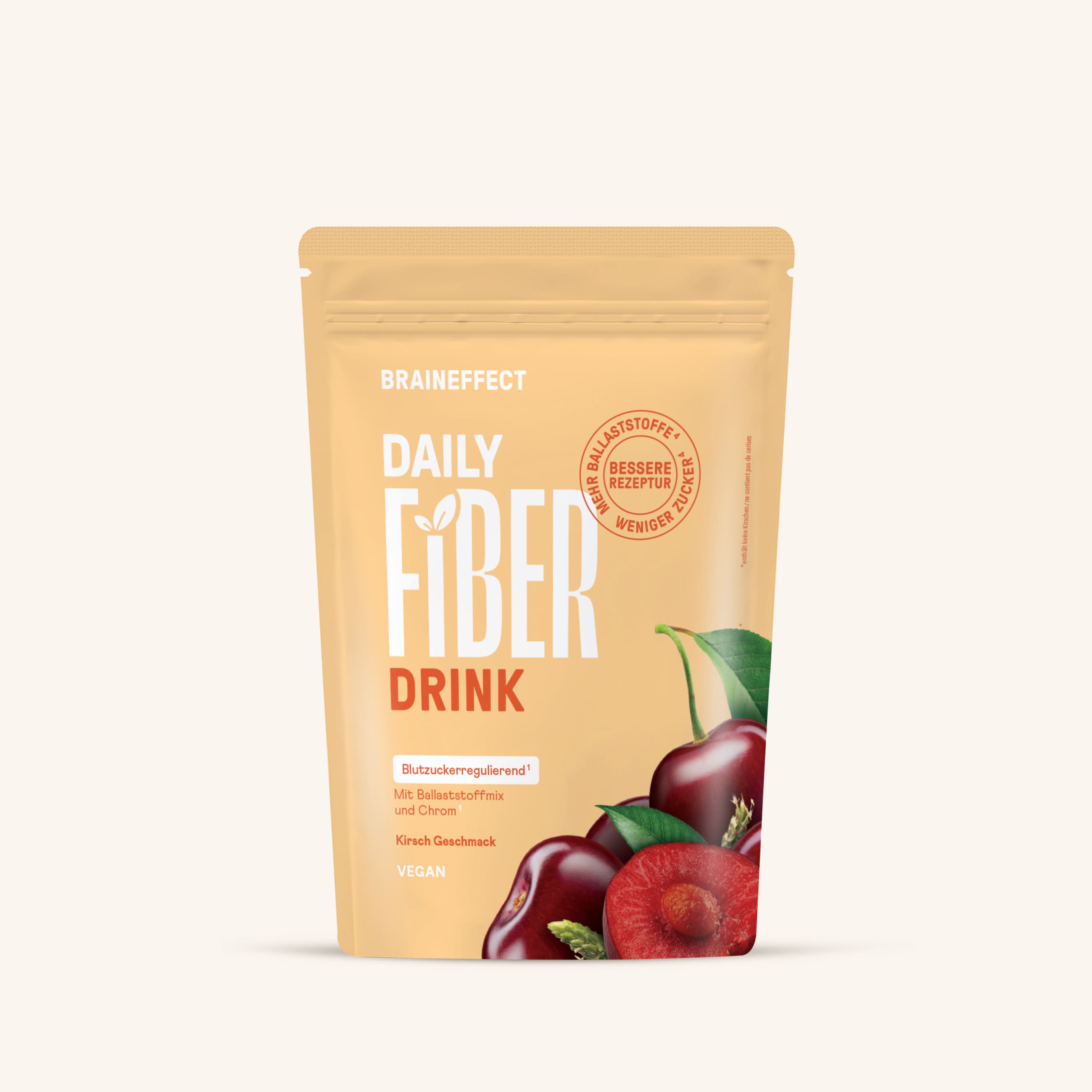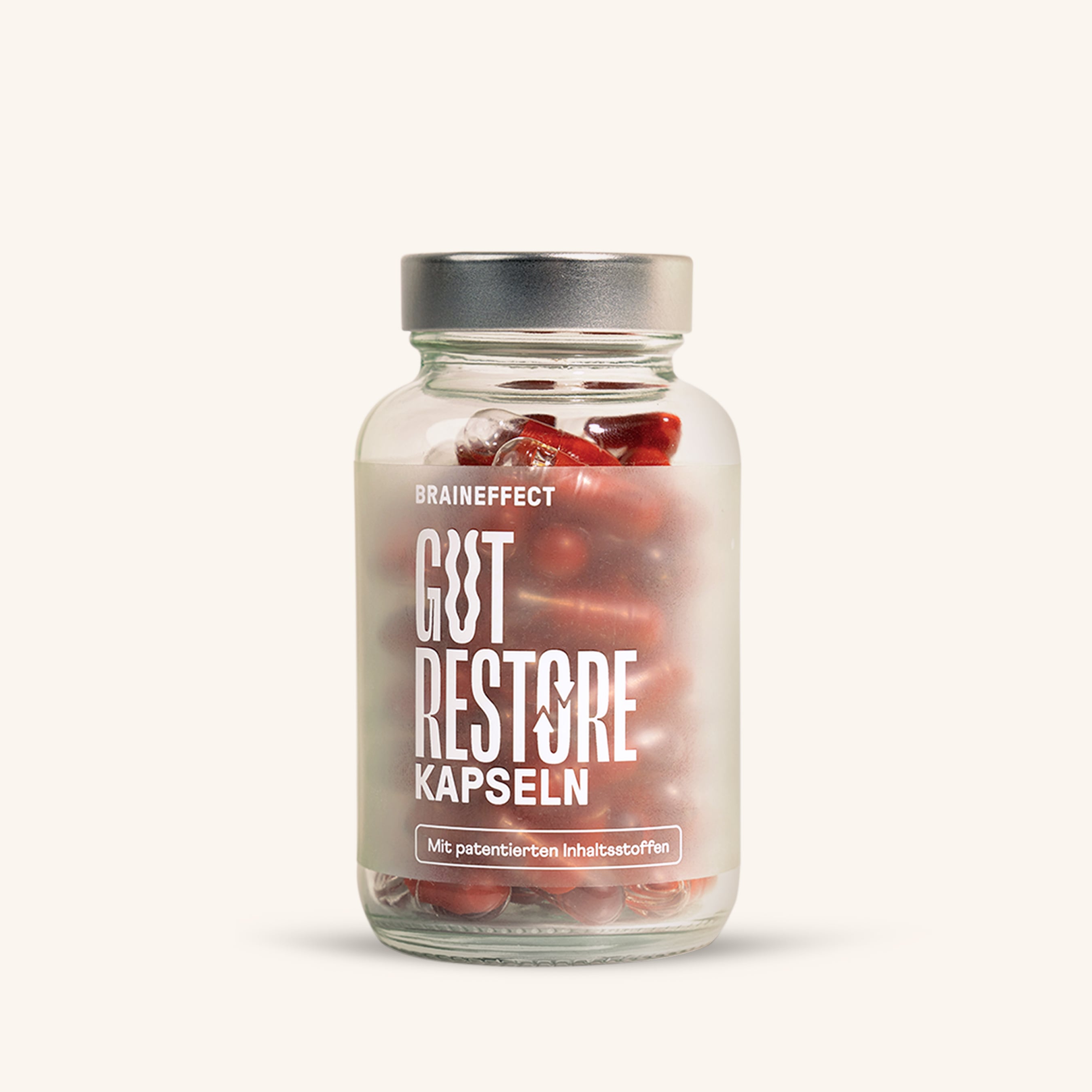Table of contents
1. The difference between chromium and chromium picolinate
In the context of health and nutrition, chromium refers to the trivalent mineral in its original organic form. Chromium picolinate, on the other hand, is a so-called chelate. Chelates are complex compounds between substances that, in this case, result in a new substance, the picolinic acid salt.
Although organic chromium is present in many foods, its bioavailability varies considerably depending on how it is prepared and combined with other foods.
While chromium picolinate is used exclusively in the food and healthcare industries, other chromium compounds are also used in the construction, automotive, and heavy metal industries. Chromium also occasionally appears as a material in dental implants or dental cements.
2. How does chromium work in our body?
Our bodies cannot produce or store chromium on their own, so it is present in very low concentrations in our bodies. Perhaps one of the reasons for the low awareness of chromium and chromium picolinate is the fact that their promising potential for our health has not yet been sufficiently researched.
However, we do know that your body needs certain amounts and that a deficiency can cause a variety of symptoms. What is certain is that chromium contributes to normal macronutrient metabolism and the maintenance of normal blood sugar levels.
Chromium picolinate is being researched, particularly in the USA, for potential positive functions, but none of these have been scientifically proven so far [1] [2].
3. Chromium in your diet: what you need to pay attention to
In Germany, the chromium supply situation is relatively good, as simple staple foods such as bread, potatoes, milk, and meat each contain 1-10 mcg of chromium per 100 g. Organic chromium is found in many different foods:
- Brewer's yeast (200 mcg/100 g)
- Mussel (128 mcg/100g)
- Cocoa powder, deoiled (159 mcg/100g)
- Black tea (158 mcg/100g)
- Chicken (26 mcg/100 g)
- Chicken egg (5 mcg/piece)
- White beans (20 mcg/100 g)
- Whole milk (2.0 mcg/100 g)
- Whole-grain bread (49 mcg/100 g)
- Broccoli, raw (16 mcg/100 g)
- Kale (8 mcg/100 g)
- Carrots (5 mcg/100 g)
- Cucumber, raw (14 mcg/100 g)
- Lentils (5 mcg/100 g)
- Brazil nuts (100 mcg/100 g).
Unlike with zinc or iron, vegans and vegetarians are significantly less at risk of chromium deficiency due to avoiding animal products. Many green vegetables and nuts, among others, have good chromium levels.
However, those who primarily consume industrially produced foods are at risk of developing a chromium deficiency. Due to the extensive processing of natural ingredients in such foods, not only the total chromium content but also the bioavailability of chromium decreases.
Phytate-rich foods such as legumes and grains are also known to limit the absorption of trace elements when consumed close together or at the same time.
Even normal cooking, freezing, or even removing peels from fruit and vegetables can lead to a reduction in chromium levels. Therefore, slight losses during preparation should also be taken into account in the kitchen.
4. Chromium deficiency: The risk is low, but increases with age
Because chromium is relatively unknown compared to other trace elements, few people know how much chromium they consume or should consume in their daily lives. A central committee of the European Union set the recommended daily intake of chromium at at least 40 mcg in 2008. However, this did not take age or gender into account.
The German Nutrition Society, however, estimates that an intake of 30-100 mcg of chromium is sufficient for adults to meet their daily needs. Generally, chromium requirements increase with age:
- Infants up to 4 months/ 1-10 mcg
- Children 4-12 months/ 20-40 mcg
- Children 1-4 years/ 20-60 mcg
- Children 4-7 years/ 20-80 mcg
- Children 7-10 years/ 40-80 mcg
- Children 10-15 years/ 20-100 mcg
- Children from 15 years, adolescents, adults/ 30-100 mcg [3].
As we age, the chromium concentration in our organs generally decreases significantly. This can potentially also affect your blood sugar levels. In this case, it makes sense to take high-dose chromium picolinate to prevent a deficiency and provide the body with appropriate support.
5. Chromium deficiency: How it can become noticeable
A chromium deficiency, even if your chromium profile is otherwise healthy, only occurs as a result of a very one-sided or excessively carbohydrate-rich diet. Since chromium is responsible, among other things, for the breakdown of carbohydrates in your body, a deficiency can sometimes manifest itself in strong cravings for very sugary foods.
Current research suggests that elevated blood sugar levels and reduced glucose tolerance can occur in association with chromium deficiency. However, this process should be reversed quite quickly with chromium intake.
6. Can you overdose on chromium?
Essentially, you can overdose on any nutrient. And that should, of course, be avoided. However, a dangerous overdose of chromium is very difficult to incur through supplements or diet. So-called "chromium poisoning" is caused less by oral ingestion of chromium than by defective dental cement or metal implants containing chromium.
People who work in the metal industry are also at a higher risk of consuming too much chromium. So, if you stick to the recommended minimum and maximum amounts, you don't have to worry about side effects from too much chromium. Chromium picolinate has also been classified as completely safe [4].
7. Chromium as a dietary supplement
In dietary supplements, we almost always encounter chromium in its form as chromium picolinate. This is the form in which chromium is particularly well absorbed by your body.
With regard to the effectiveness of all trace elements, special caution is advised if you eat a diet rich in phytates or take a zinc or iron supplement at the same time. These three trace elements inhibit each other.
Accordingly, it is recommended to take the supplements three to four hours apart. Furthermore, the small intestine should be in a resting state when taking chromium picolinate, if possible, so that the trace element can be absorbed and processed immediately.
A tip: The absorption capacity of chromium compounds can be significantly increased by taking amino acids, starch, nicotinic acid or vitamin C at the same time!
8. Sources
[1] Stephen D. Anton, Ph.D., Christopher D. Morrison, Ph.D., [...], and Donald A. Williamson, Ph.D. (2008), Effects of Chromium Picolinate on Food Intake and Satiety. Diabetes Technology and Therapeutics, Vol. 10, Issue 5, p. 405-412. [https://www.ncbi.nlm.nih.gov/pmc/articles/PMC2753428/].
[2] Yazaki, Yuka ND, Faridi, Zubaida MBBS, MPH, [...], and Katz, David LMD, MPH (2010), A Pilot Study of Chromium Picolinate for Weight Loss, Journal of Alternative and Complementary Medicine, Vol. 16, Issue 3, p. 291-299. [https://www.ncbi.nlm.nih.gov/pubmed/20192914].
[3] German Nutrition Society (DGE) (2019), Reference values for nutrient intake, copper, manganese, chromium, molybdenum. [https://www.dge.de/wissenschaft/referenzwerte/kupfer-mangan-chrom-molybdaen/]
[4] Weißenborn, A., Bakhiya, N., Demuth, I. et al. (2018), Maximum levels for vitamins and minerals in food supplements, Journal of Consumer Protection and Food Safety, Issue 13, pp. 25–39. [https://link.springer.com/article/10.1007%2Fs00003-017-1140-y]















